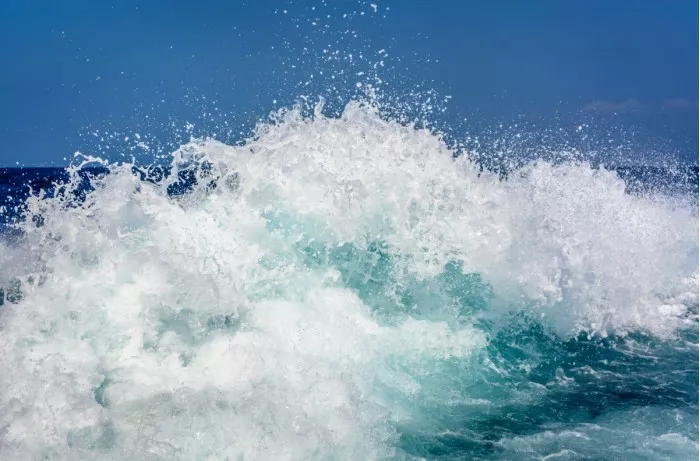The first global survey of marine RNA viruses has found thousands of new viruses, some of which are known to play a central role in locking in the carbon on the seabed Between 2009 and 2012, researchers collected seawater samples from all the oceans in the world on a ship called Tara. Guillermo DOM í nguez Huerta of Ohio State University and his colleagues have previously observed hundreds of thousands of DNA viruses in these samples.

Data map
They found that the virus was concentrated in five major ecological areas, of which the Arctic Ocean was the most diverse. But that's only half the story.
The ocean is also full of viruses. Their genomes are composed of different genetic materials called RNA, which are used by cells to guide the synthesis of proteins. It is relatively easy to analyze DNA viruses using existing methods, but researchers must come up with improved techniques to distinguish viral RNA from the large amount of RNA produced by other organisms in each sample.
Now DOM í nguez Huerta and his colleagues have published the largest ever survey of marine RNA viruses using samples from Tara. They discovered more than 5000 RNA viruses in the ocean, and almost all of them are new discoveries in the scientific community. Curtis suttle of the University of British Columbia in Canada said: "it broadens our view of how much diversity there is." He was not involved in the study.
The team paid particular attention to the role of viruses in carbon sequestration. Every day, a large number of dead plankton sink to the bottom of the sea and take away their carbon. Then they are buried underground for millions of years. This process is called biocarbon pump, which releases up to 12 gigatons of carbon every year. This is about 1/3 of the annual carbon dioxide emissions caused by all human beings.
Researchers have long known that viruses play a role in this process, but DOM í nguez Huerta and his team have found more details. They believe that at least 11 of the newly discovered RNA viruses infect plankton, which is important for the carbon pump, indicating a clear mechanism for how the virus affects it. Unlike DNA viruses that primarily infect bacteria and archaea, RNA viruses infect more complex plankton, such as algae and fungi. "When people think of viruses, they think of diseases. They don't think of carbon dioxide," DOM í nguez Huerta said.
In addition, the team developed a computer model to predict the role of carbon pumps in a particular marine area, based on the abundance of viruses there. Team member Ahmed Zayed of Ohio State University pointed out that this could eventually provide information for climate models. Although researchers have not yet been able to use precise figures to explain how a virus accelerates or blocks the pump, he pointed out that the virus may one day be used to adjust it like a "fine knob".
An additional surprise is that many RNA viruses in the ocean seem to be able to use genes stolen from the host itself to change the metabolism of their microbial host. This ability may be evolved to cope with the extremely scarce open ocean, and may be another way for RNA viruses to affect the carbon pump. "These are extremely exciting issues at the forefront of viral ecology," said Amy Zimmerman of the Pacific Northwest National Laboratory in Washington